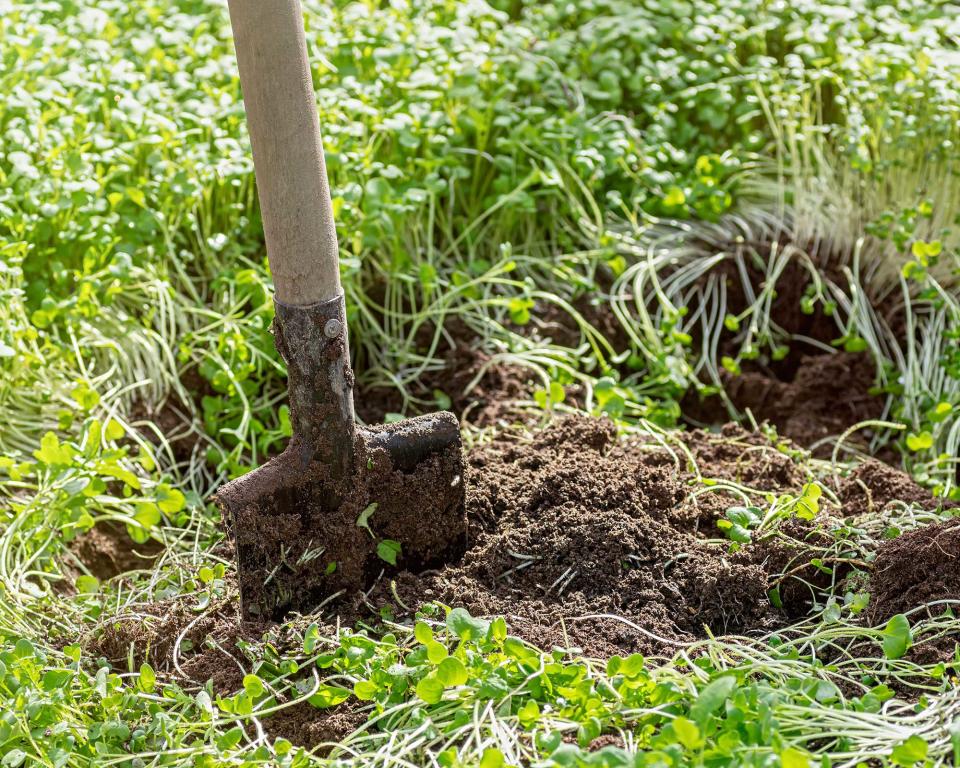What is green manure and how do you use it?
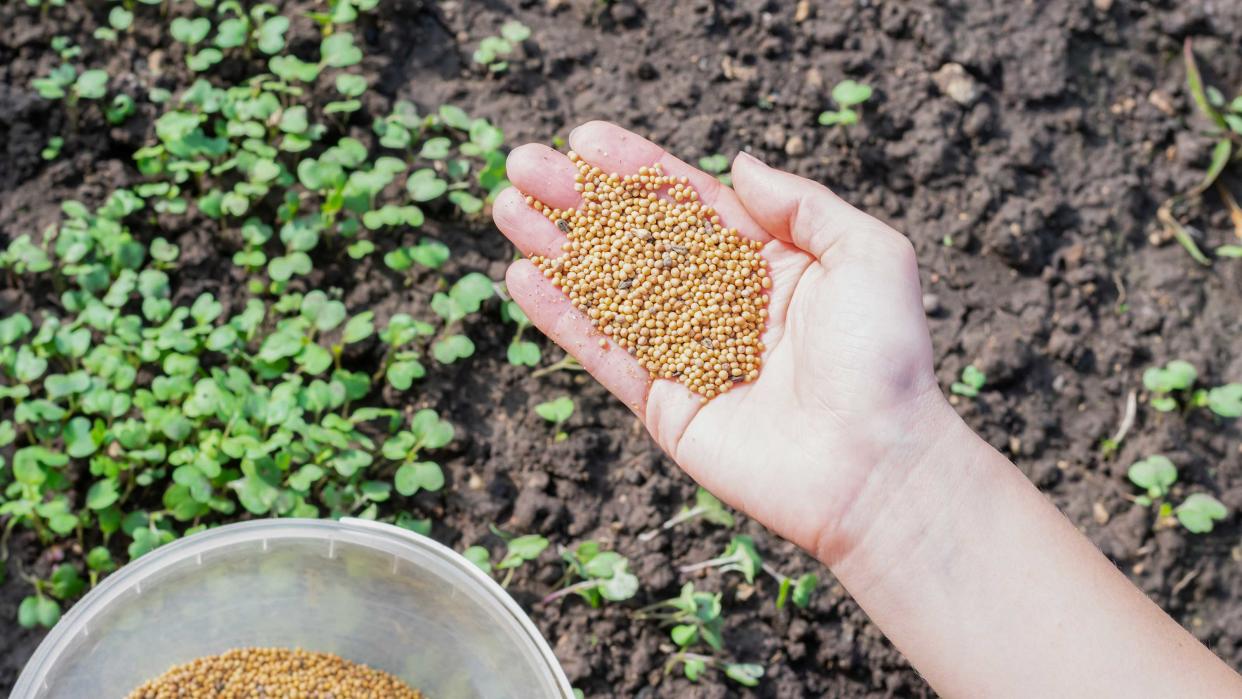
Have you ever considered using green manure to fertilize your garden and vegetable plots? This eco-friendly and totally organic method helps to maintain the organic matter in your soil, aids soil structure, and prevents weeds.
Green manure is also called a cover crop, or undecomposed green material. It can be planted in the off season when your vegetables aren't growing, or as part of a crop rotation during the growing season. It adds much needed nutrients back into your soil, and also prevents topsoil from washing away during heavy rain.
Though green manure is not commonly used by farmers on a large scale, it's perfectly doable in a domestic garden and can easily be part of your composting plan at home.
Why is green manure good for the garden?
Green manure basically refers to a fast growing plant or crop that, once grown, is immediately turned and dug back into the soil while it's still green. These plants are then left to wither away, thus acting as a type of mulch and protective soil cover. More importantly, their nutrients are returned right back into the soil.
But that's not all! Green manures aren't simply a great way of making fertilizer. Ruth Hayes, gardening editor for Amateur Gardening, tells us that they are a natural way for how to get rid of weeds too. They grow so thickly that weeds can’t get established, plus their roots form mats that prevent soil from being eroded in heavy winter rain.
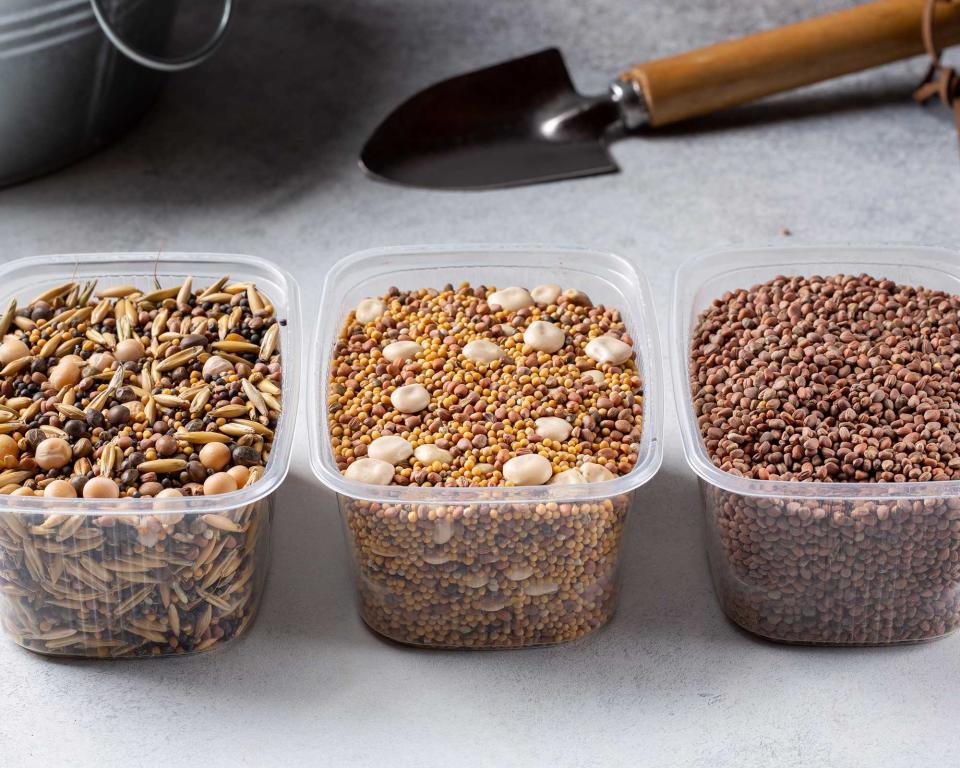
What are some examples of green manure?
Green manures are sown from packets of fast-growing seeds, and are often members of the pea family (legumes) that are readily available from most garden centers and online. They fix nitrogen (essential for strong stems and foliage) back into the soil through their roots, giving you a cheap and effective way or fertilizing plants and crops when they are then planted in the same soil.
The most popular varieties for green manure are clovers, legumes and rye grasses.
A long term green manure like clover, planted at the base of fruit trees, makes a great habitat for visiting wildlife.
Mustard is another variety that can be used as a green manure, but take care if sowing mustard green manure in soil used for growing winter brassicas as it might help spread clubroot to future crops.
The deep tap roots on green manures like chicory and alfalfa will help create more garden drainage in compacted soil.
Green manures like phacelia and crimson clover will attract natural predators like hoverflies (which love eating aphids), and other beneficial insects like bees and wasps.
Green manures grown in the summer like buckwheat help to suppress weeds thanks to the dense foliage they create.
Some green manures can be left to grow for a year or more, but most work just as well if sown onto prepared soil in fall and cut back and dug in towards the end of winter.
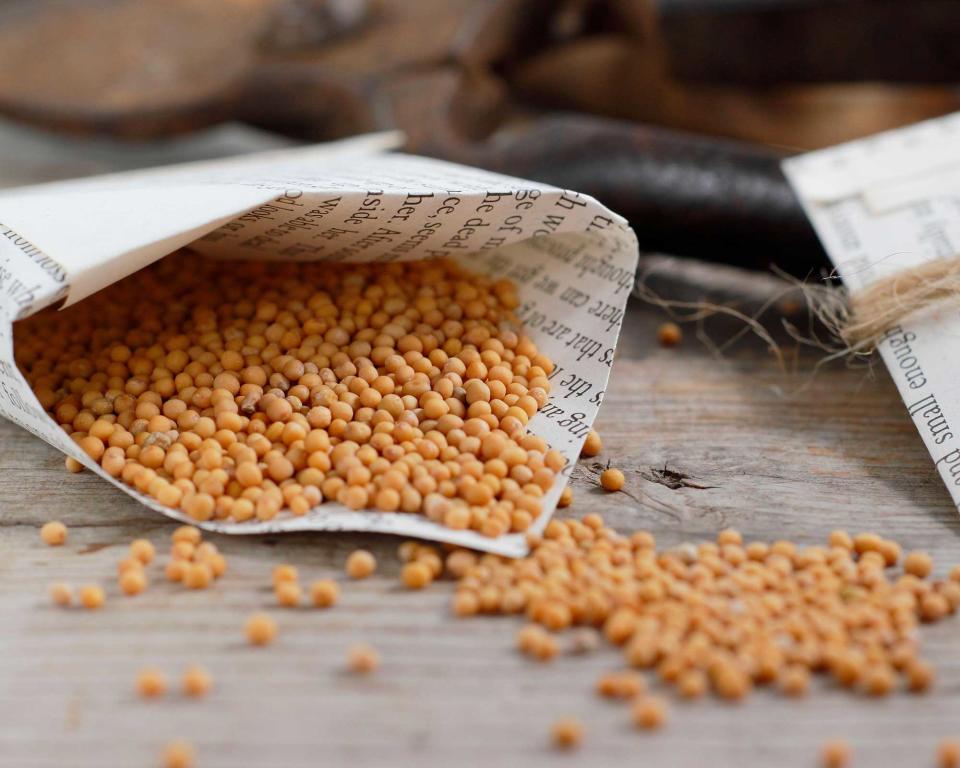
How to sow green manure
Before you sow green manure, you first need to prep the area. Janey Goulding, assistant editor of Amateur Gardening magazine, explains how to do it.
Prepare a bare area of the garden by making sure any old crop debris has been removed.
Rake over the soil to ensure it is level.
Sow your green manures. You should sow larger green manure seeds individually and in even spacings – this goes for seeds like field beans. However, for the tinier types like mustards and clovers, you can broadcast-sow your seeds.
After sowing, rake over with a bit more soil, water well and keep well irrigated in dry spells.
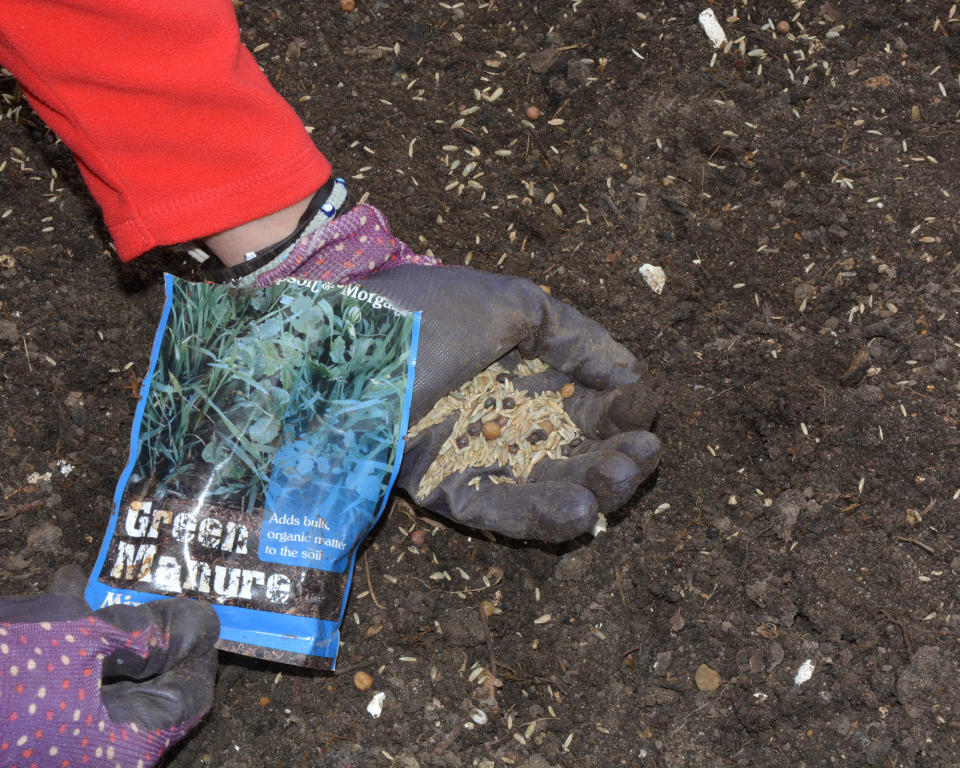
When to dig in green manure
It's typical to sow green manures in later summer to fall. Ruth Hayes explains that sowing green manures in fall as one of your September gardening jobs is an easy and traditional way of enriching and resting all soil types.
'Members of the rye and legume (bean) families, such as clover and tares, are valuable because they help to set nutrients including nitrogen in the soil,' she says.
Legumes will grow through autumn and winter into spring, when you can cut them down and dig them in. If these plants have grown really thickly, you can cut them back and add the top growth to the compost heap and then dig the stems and roots into the soil. Do this several weeks before you intend to sow or plant ornamental varieties or crops, and the decaying plant material will feed the soil.
'If you grew peas or beans this summer, cut down the plants when they have finished cropping but leave the roots in the soil to act as green manure,' says Ruth.
Janey Goulding also points out that tender manures like fenugreek can be dug in once the plants are hit by a frost, but you can dig in hardy types like ryegrass during the spring.
